This project is led by Stephen Paterson
Stephen trying his hand at ‘mustard-extraction’ - a common method used to bring earthworms to the surface.
Globally, introductions of non-native species are one of the greatest threats to biodiversity and ecosystem function. Additionally, invasive species often have considerable consequences for human health and economies. Research on the impacts of non-native species is needed to inform management strategies and mitigate environmental degradation.
Following glaciation, earthworms were extirpated from most parts of Canada and the northern United States 1 . Non-native earthworms were introduced to Canada by European settlers and expansion of their range was facilitated by human activities such as transportation of soil and their use as fishing bait 2 . The introduction of earthworms to previously earthworm-free environments has gained attention due to their well-known role as “ecosystem engineers”. Earthworms alter soil structure, which in turn may affect nutrient cycling and plant community structure with cascading impacts on higher trophic levels 3 .
In addition to their effects on soil structure, the introduction of earthworms may alter food-web structure as they are potentially an abundant food source for insect predators. The influence of earthworms as an introduced prey item has not been well documented. Our research explores the significance of earthworms as a prey item for ground beetles in both boreal forests and urban environments.
Ground beetles are a diverse, abundant and widespread group of insects that perform an array of ecological functions. Saskatchewan hosts a rich community of native ground beetles as well as several non-native species that are expanding their ranges within the province.
This research will provide insights on how earthworms and ground beetles are interacting to affect food-web structure and reveal the role of introduced earthworms in enabling non-native ground beetles to become established in new environments.
The comparative analysis of stable isotopes of carbon, nitrogen, and hydrogen is a widely-used tool for determining feeding relationships in food webs. Using stable isotope analyses, we will determine 1) if earthworms are a principal prey item for non-native ground beetles and 2) if earthworms are a supplementary food source for native ground beetles. Additionally, this work will enhance knowledge of the diets of ground beetles and improve understanding of the factors affecting the distribution and diversity of earthworms and ground beetles in Saskatchewan.
References
- Tiunov, A. V., Hale, C. M., Holdsworth, A. R., & Vsevolodova-Perel, T. S. (n.d.). Invasion patterns of Lumbricidae into the previously earthworm-free areas of northeastern Europe and the western Great Lakes region of North America. Biological Invasions Belowground: Earthworms as Invasive Species,23-34.
- Cameron, E. K., Bayne, E. M., & Clapperton, M. J. (2007). Human-facilitated invasion of exotic earthworms into northern boreal forests. Ecoscience,14(4), 482-490.
- Frelich, L. E., Hale, C. M., Reich, P. B., Holdsworth, A. R., Scheu, S., Heneghan, L., & Bohlen, P. J. (n.d.). Earthworm invasion into previously earthworm-free temperate and boreal forests. Biological Invasions Belowground: Earthworms as Invasive Species,35-45. doi:10.1007/978-1-4020-5429-7_5


